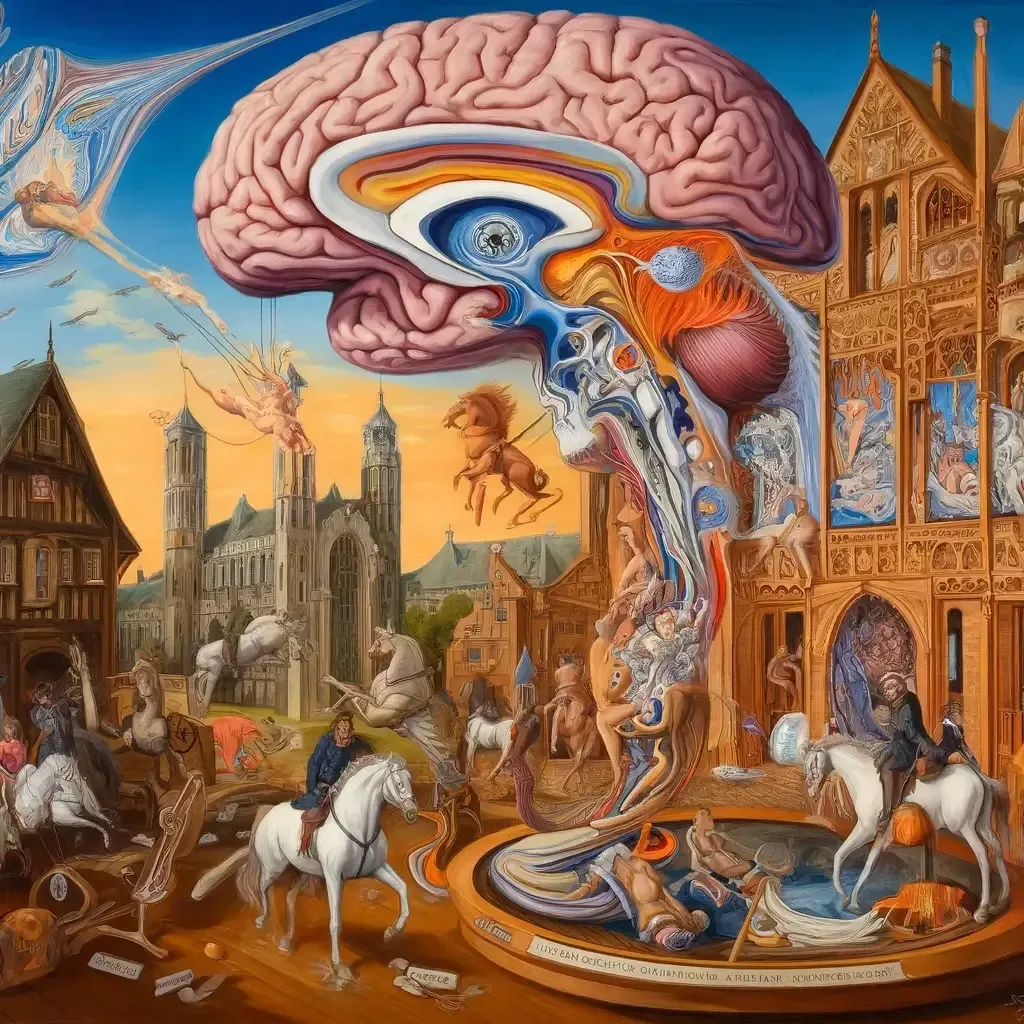Faces Lie: Why I Don’t Look at Faces
From a young age, neurodivergent individuals, particularly those on the autism spectrum, often develop a unique perspective on social interactions and communication. One behavior that frequently draws attention and misunderstanding is the tendency to avoid looking at faces. This behavior is commonly misinterpreted as a lack of interest or an inability to engage socially. However, the reality is far more complex and deeply rooted in the nuanced ways we process and respond to visual and emotional information. This article delves into the reasons behind this behavior, challenges common misconceptions, and highlights the importance of direct and honest communication.
The Disconnect Between Words and Faces
One of the primary reasons neurodivergent individuals avoid looking at faces is the frequent inconsistency between what people say and what their facial expressions convey. For example, someone might insist that “nothing is wrong” while their face shows clear signs of distress. These mixed signals create confusion and frustration. For many autistic individuals, this disconnect becomes apparent early in life, leading them to distrust facial expressions that do not match spoken words.
The Importance of Internal Understanding
Many neurodivergent individuals, including myself, have a highly visual internal world. Our understanding and interpretation of the external world heavily rely on visual consistency. When examining our surroundings, we need to ensure that they match our internal visual representation. This process extends to understanding people and their emotions. If faces do not align with the spoken word, they lose their credibility and relevance. Thus, focusing on faces becomes less interesting and more of a distraction from seeking the underlying truth.
The Inefficiency of Lies
When people lie about their feelings, it wastes our effort in trying to decipher their true emotions through facial expressions. This is particularly frustrating when neurodivergent individuals are often punished or reprimanded for noticing and pointing out these discrepancies. As a result, many of us choose to divert our attention away from faces, seeking more reliable and consistent sources of information. This decision is not about a lack of empathy or social disinterest but rather a logical response to a perceived inefficiency in social communication.
Why Faces Become Uninteresting
The lack of transparency in facial expressions leads to disinterest in looking at faces. The inability to break down and understand the truth behind these expressions makes them less engaging. We prefer honesty and directness in communication, and when someone’s face says one thing while their words say another, it is seen as dishonest and not worth the effort to decipher. This preference for straightforward communication aligns with our need for clarity and consistency.
Personal Experience of Misinterpretation
This is my personal experience, and it is compounded by the fact that my own expressions are often dissected and my emotions inferred by non-autistics. When I attempt to interpret their expressions and emotions, I am frequently told that I am wrong or misled. This double standard is perplexing and frustrating. If my interpretations are deemed incorrect, then the same scrutiny should apply to the interpretations of my expressions by others. The inconsistency in how our expressions are evaluated makes little sense and adds to the difficulty of engaging with facial expressions.
Misinterpretations of Autistic Behavior
Recent studies, such as the one on abnormal visual perception in autism, highlight significant differences in how autistic individuals process visual information. These differences are often misinterpreted as social deficits. For instance, what might appear as aimless visual exploration is, in reality, a methodical process of examining the external world to ensure it matches the internal visual picture. The tendency to avoid looking at faces is not due to a lack of social interest but a logical response to the frequent dishonesty observed in facial expressions.
Social Implications
This disinterest in faces can lead to misunderstandings in social interactions, especially in a world where neurotypical people expect facial expressions to be a fundamental part of communication. Neurodivergent individuals, however, prioritize direct communication and consistency between words and actions. Understanding these different priorities can help foster more inclusive and effective communication practices.
Conclusion
Not looking at faces is a rational response to the inconsistencies and dishonesty often observed in facial expressions. For neurodivergent individuals, this behavior is rooted in a preference for direct and honest communication that aligns words with true feelings. It is crucial to challenge common misconceptions about autistic behavior and recognize the importance of providing clear, consistent communication. By doing so, we can create more inclusive social norms that respect the communication preferences of neurodivergent individuals and enhance mutual understanding and respect.







